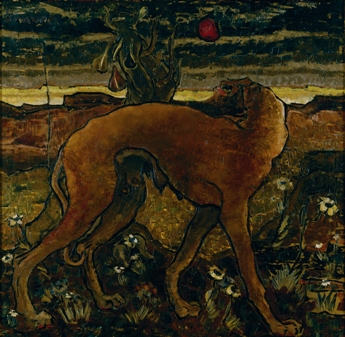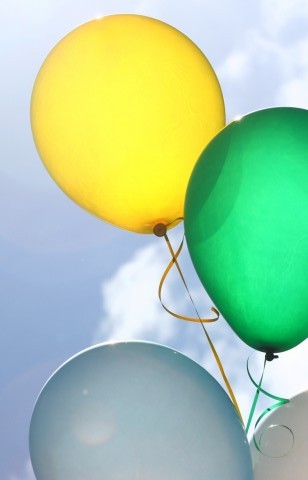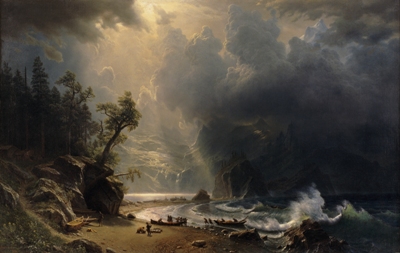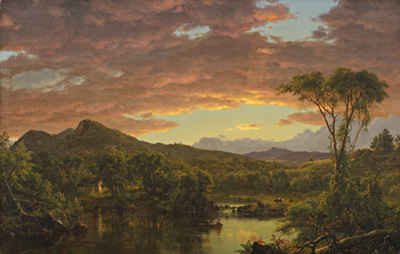SAM Art: Millennium Light
Early modern art in America is strongly linked to myth and symbol, to what was an enduring quest to find spiritual meaning in the physical world. That quest, begun by nineteenth-century landscape painters and poets who felt divine inspiration in nature, for example, led artists time and again back to long familiar classical and Biblical texts for imagery and to newly discovered myths and symbols in Native American and Asian religions, philosophy, and art.
In his early 20s when he painted Millennium Light, Morris Graves’ interest in myth and mysticism was already apparent. It was created at the dawn of his long career, within months of his first important public recognition as the winner of the Northwest Annual’s Katherine B. Baker Purchase Prize for Moor Swan (also currently on view).




